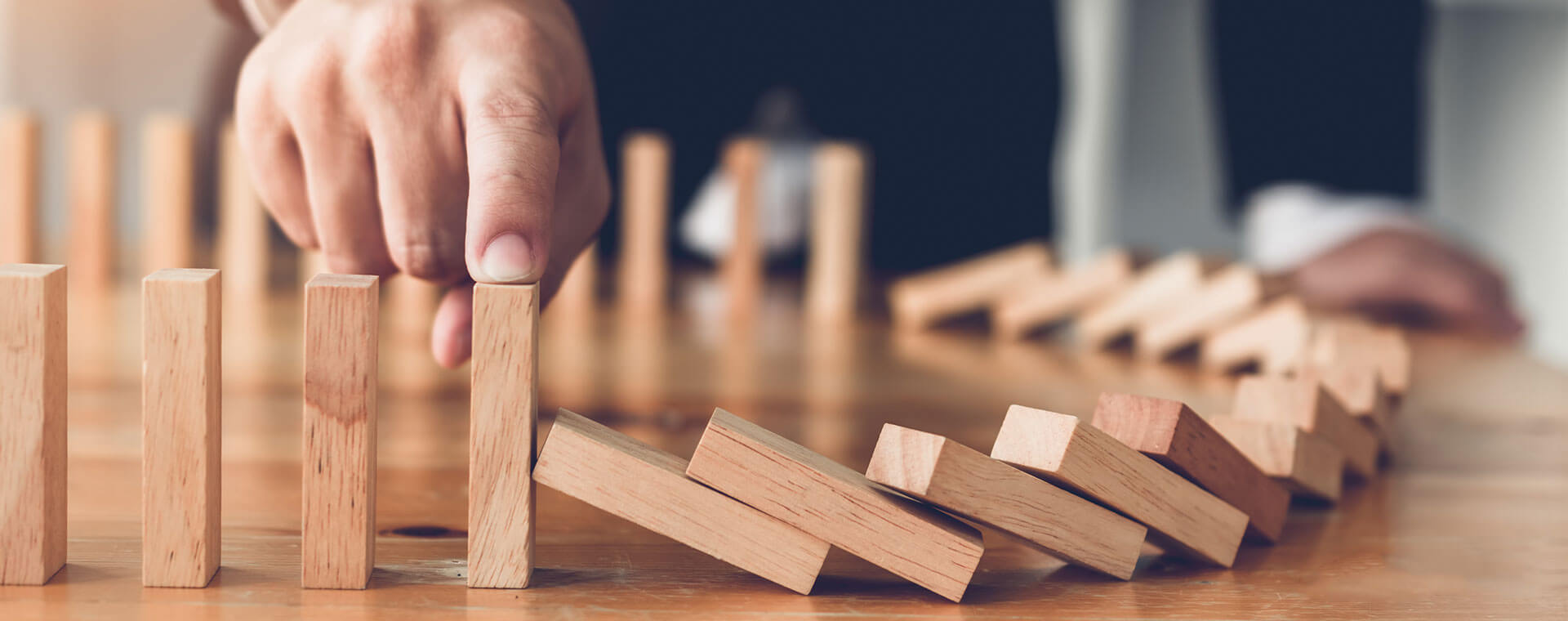Emergency Fund – How To Save For Potential Crises
Whether it’s a medical expense or an urgent car repair, no one likes to be blindsided with unexpected money matters. Building an emergency fund, however, can help take the monetary stress out of already stressful situations.
How much should I save for an emergency fund?
Experts suggest that the goal for an emergency fund should be to cover four to seven months of expenses, but if you’re starting from scratch that might seem like an overwhelming amount of money.
Start with a smaller goal, like $500 or $1,000 to keep your attitude positive.
Having a goal will make it easier to hold yourself accountable, and once you hit your first financial goal you’ll be more enthusiastic about working toward the bigger goals.
Where should I keep my money?
Where you keep your growing emergency fund depends largely on how much restraint you have and how dedicated you are to your goal.
You’ll want your fund to be accessible in case of an emergency, but if you think you’ll be guilty of dipping into it for non-emergency purposes you’ll need to go a step further than your bank account.
Consider putting your emergency deposits into a savings account or a money market account, which has restrictions on withdrawals.
If your instinct is to keep your money in a lockbox at home for easy access, consider putting some in the lockbox and some in a banking account. You’ll be less likely to grab a handful of cash impulsively and you’ll be earning interest on your savings.
How to set goals for saving
With a plan and a resting place for your savings, all that’s left is making sure your money gets there!
- Treat contributions like another monthly or weekly bill.
- One easy way to make sure you don’t miss a contribution is to set up an automatic transfer or direct deposit to the account you’ve established for your emergency fund.
- Don’t forget to adjust your monthly budget to include this new “bill!”
Looking at your budget to accommodate your emergency fund payment is a good time to revisit your budget in general. Look for other ways you can make small cuts that will add up, and use those savings to grow your emergency fund.
While your emergency fund may start small, keep the big picture in mind. Focus on reaching small milestones, resist the urge to take money out of the account for non-emergencies and slowly but surely you’ll see a balance that will save you stress in a time of crisis!
